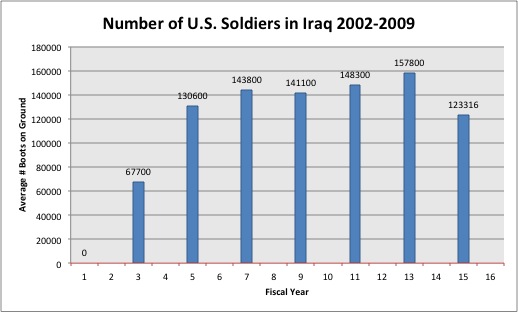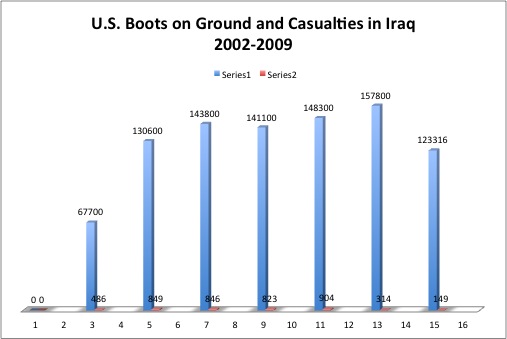The Digital Preservation Guide from the Library of Congress provides some good guidelines which can be used to preserve content for digital projects- not only personal projects, but also academic or corporate. If I were to create a digital project for my family history I would start by accumulating all the raw data I would potentially incorporate. These could be documents, photos, videos, or any other artifacts I could use to establish a history.
The first step would be to go through the artifacts and short them into relevant categories, discarding the ones not of interest. Many of the older photographs would need to be converted to digital, in which I would use a high resolution scanner to upload and save the files digitally, preferably saving them as a .jpeg or .tiff files. My grandfather has old newspaper clippings which I would also like to include. The same could be done with video using the appropriate software, but unfortunately my family has very few home movies.
Once the files are in digital form they should be individually labeled and put into corresponding file folders. Folders could be based on person/family, time period, or item type (i.e. photographs, videos, articles, etc.) I think I would create folders based on specific nuclear families and create subfolders within them based on file type.
Backing up the data is the most important part. I would be sure to save the data on both my internal and external hard drive, and also create a copy on my parent’s drive, as well as another online such as on a website or saving to Google Dropbox.



